
Hyperpigmentation is a common skin condition which affects people of all skin types.1 The term “hyperpigmentation” means darker patches of skin.2 This can result in spots or patches of skin which appear darker than the surrounding areas.1 It occurs due to excess melanin (pigment that gives skin its color) production, acne scars, sun damage or hormone fluctuations.1,2

Hyperpigmentation can be a cause of significant psychosocial distress, and hence people seek treatment for it. The fading of pigmentation can take time. The lighter and superficial pigmentation will usually fade within 6 to 12 months. But, if the color is deep in the skin, fading can take years. The treatment can speed up the fading of dark spots and patches.
There are number of different treatment options available for hyperpigmentation including:
1. Effective treatment begins with Sunscreen
Sunscreen is essential for effective treatment and one needs to use a sunscreen which offers > SPF 30, broad-spectrum protection, and contains zinc oxide or titanium dioxide. Use sunscreen daily, even if it is cloudy, raining or snowing. Also, reapply after 2-3 hours throughout the day. Sunscreen can prevent further darkening of pigmentation.3
2. Lightening creams or gels
These creams work by decreasing the pigmentation and can speed up fading.2,3 They are usually applied once or twice a day to help lighten the skin with time. They work best for flat spots, such as post inflammatory hyperpigmentation, melasma or age spots.2 However, some skin lighteners can harm the skin and the health.3 American Academy of Dermatology (AAD) recommends caution while purchasing OTC skin lighteners, as they may contain traces of mercury.2 Also, the steroids in some of them can cause pimples and rashes. If applied for a long period of time, steroids can cause thin and fragile skin or permanent discoloration. Thus, one should buy a skin-lightening product recommended by the dermatologist.3
3. Face acids
It works by exfoliating, or shedding the top layer of the skin. After exfoliation, new skin cells develop which take the place of the old ones. It makes the skin tone even and smoother overall. Commonly available agents include: alpha hydroxy acids, such as glycolic, lactic, citric, malic, or tartaric acid or azelaic acid, kojic acid, salicylic acid and vitamin C. For mild hyperpigmentation face acids work well. One should look for an acid content of < 10%, as high concentrations can increase the risk of side effects.2
4. Retinoids
Retinoids are derived from vitamin A and are one of the oldest ingredients used in skincare. They penetrate deep into the skin and treat the layers below the epidermis. OTC retinoids may be safe for all skin tones, but one should check with the dermatologist before using the product especially if one has darker skin or wants to use long term. They might not be the best first-line treatment as retinoids are often used to treat wrinkles than hyperpigmentation.
5. Chemical peels

These use acids at stronger concentrations for the skin treatment and reduce the hyperpigmentation faster and more effectively by exfoliating the epidermis. Usually a series of treatments are needed at 2- 4 weeks interval. Not only do they reduce the pigmentation but also improve the skin quality, texture, fine lines etc. It’s a very safe treatment if all the proper precautions are followed. After the peel there may be some redness, dryness and increased sun sensitivity for few days. Thus, one should apply moisturizer and sunscreen and use other UV protection, to protect the skin. Chemical peels work on age spots, sun damage, melasma and blotchy skin.
6. Laser toning
This uses a targeted beam of light to reduce hyperpigmentation. A specific wavelength of light known as Q switched NdYag is used which is absorbed by melanin and helps to break down larger pigment particles into smaller ones which are removed through skin’s natural clearing mechanism. It can be used in all skin types.
7. Intense pulse light therapy (IPL)

IPL therapy, also known as a photofacial, is a type of non-ablative laser treatment. It stimulates collagen growth within the dermis and usually requires multiple sessions. Along with reducing pigmentation, it can also reduce the wrinkles, spider veins, and enlarged pores. IPL therapy works best for people with fair skin.
8. Microdermabrasion
Microdermabrasion affects the epidermis only and can be used to treat hyperpigmentation. It often requires multiple sessions to achieve the ideal result. The dermatologist use a drill-like handheld tool with an abrasive attachment during the procedure which is then swiped across the skin to rapidly, but gently remove the epidermis.
Talk to the dermatologist
The dermatologist can help identify the type and cause of the hyperpigmentation and help to develop an appropriate treatment plan. It is also important to protect the skin from sun to prevent further hyperpigmentation irrespective of the treatment selected. Patience is key with any treatment option as treatments generally take few weeks to months to produce visible results. 2
References
1.Sissons B, What to know about hyperpigmentation, November 27, 2018, https://www.medicalnewstoday.com/articles/323808#what-is-hyperpigmentation, Last accessed on 28th December 2020.
2.Cherney K, 8 Treatment Options for Hyperpigmentation, March 7, 2019, https://www.healthline.com/health/beauty-skin-care/hyperpigmentation-treatment#What-you-can-do, Last accessed on 28th December 2020.
3.HOW TO FADE DARK SPOTS IN SKIN OF COLOR, © 2020 American Academy of Dermatology Association, https://www.aad.org/public/everyday-care/skin-care-secrets/routine/fade-dark-spots, Last accessed on 28th December 2020.
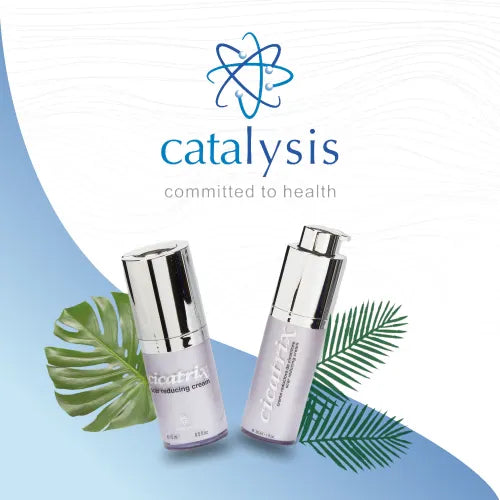
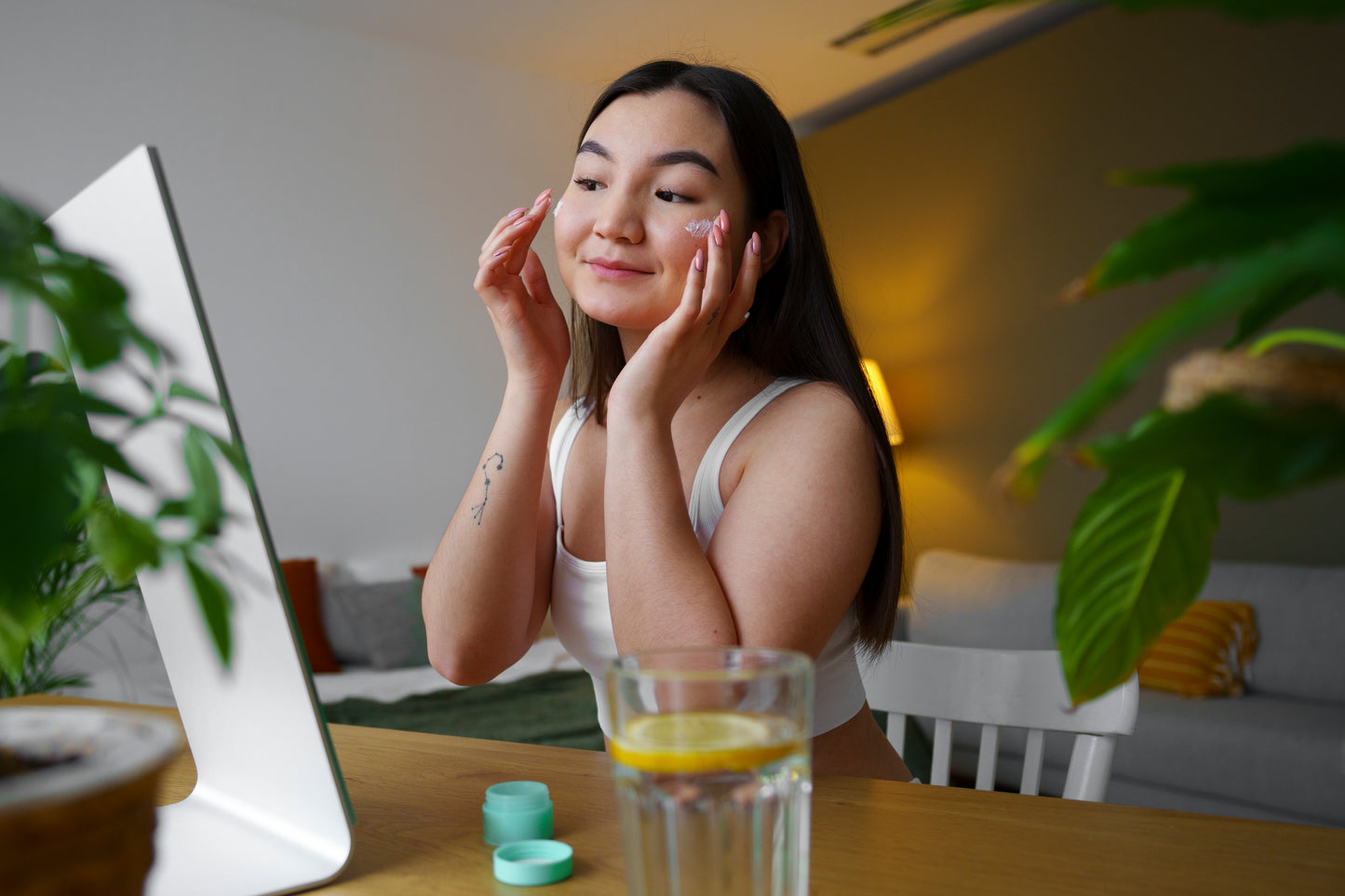
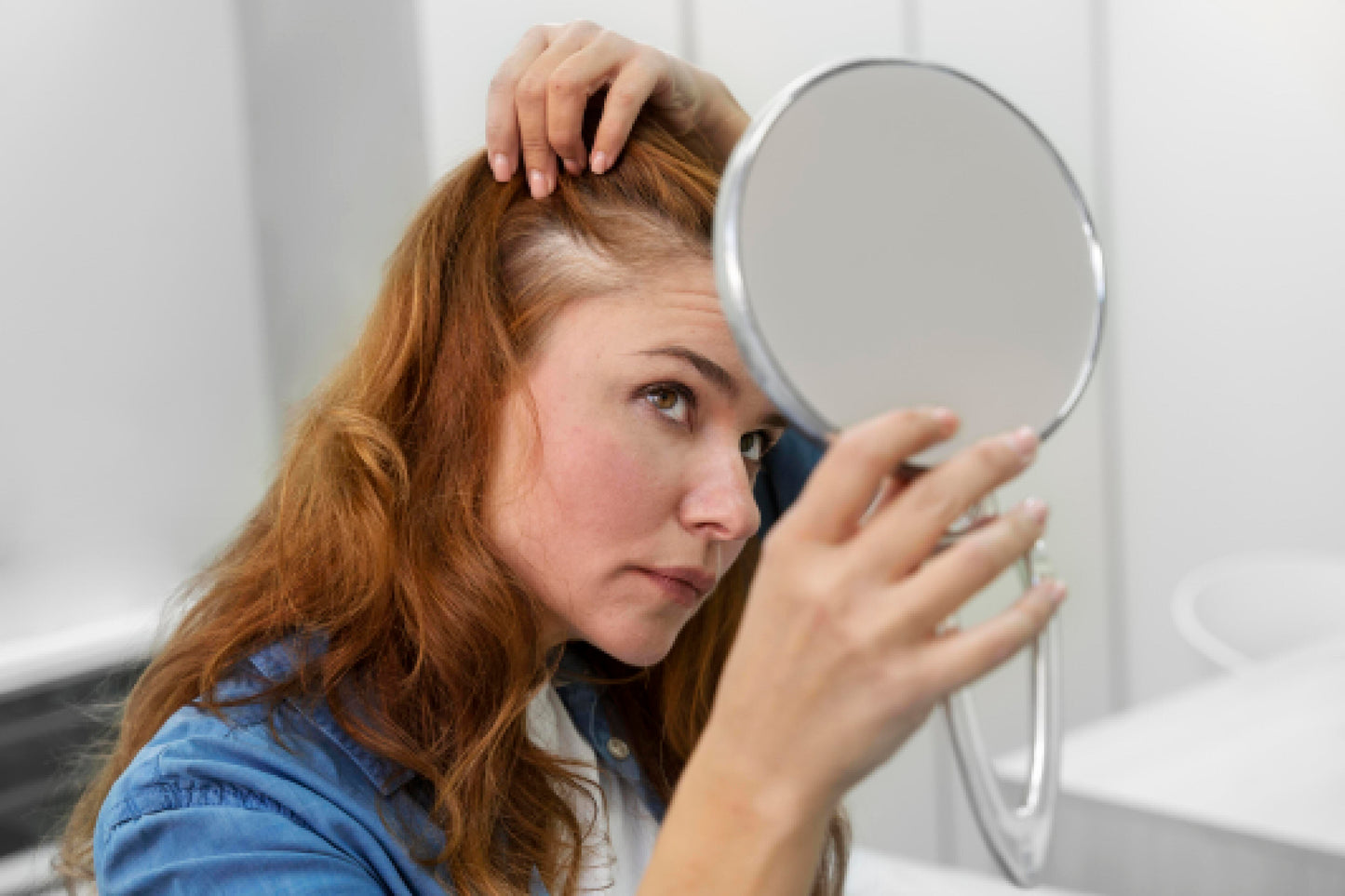

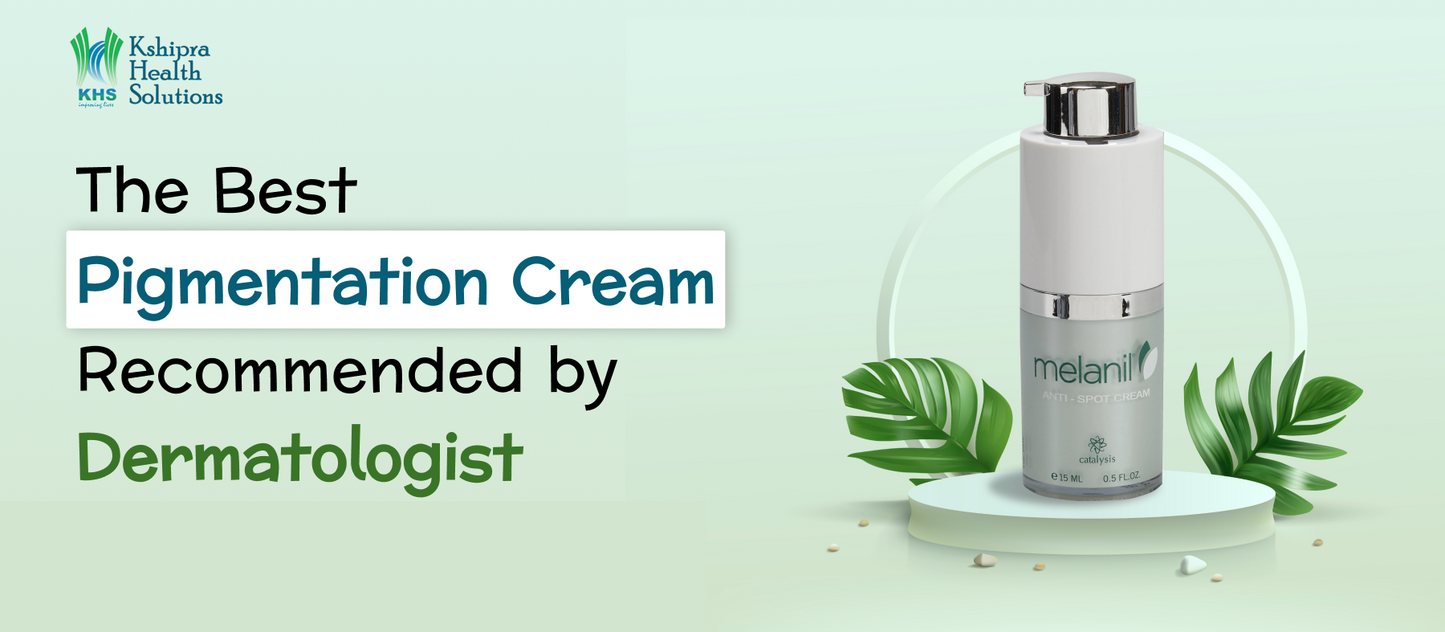

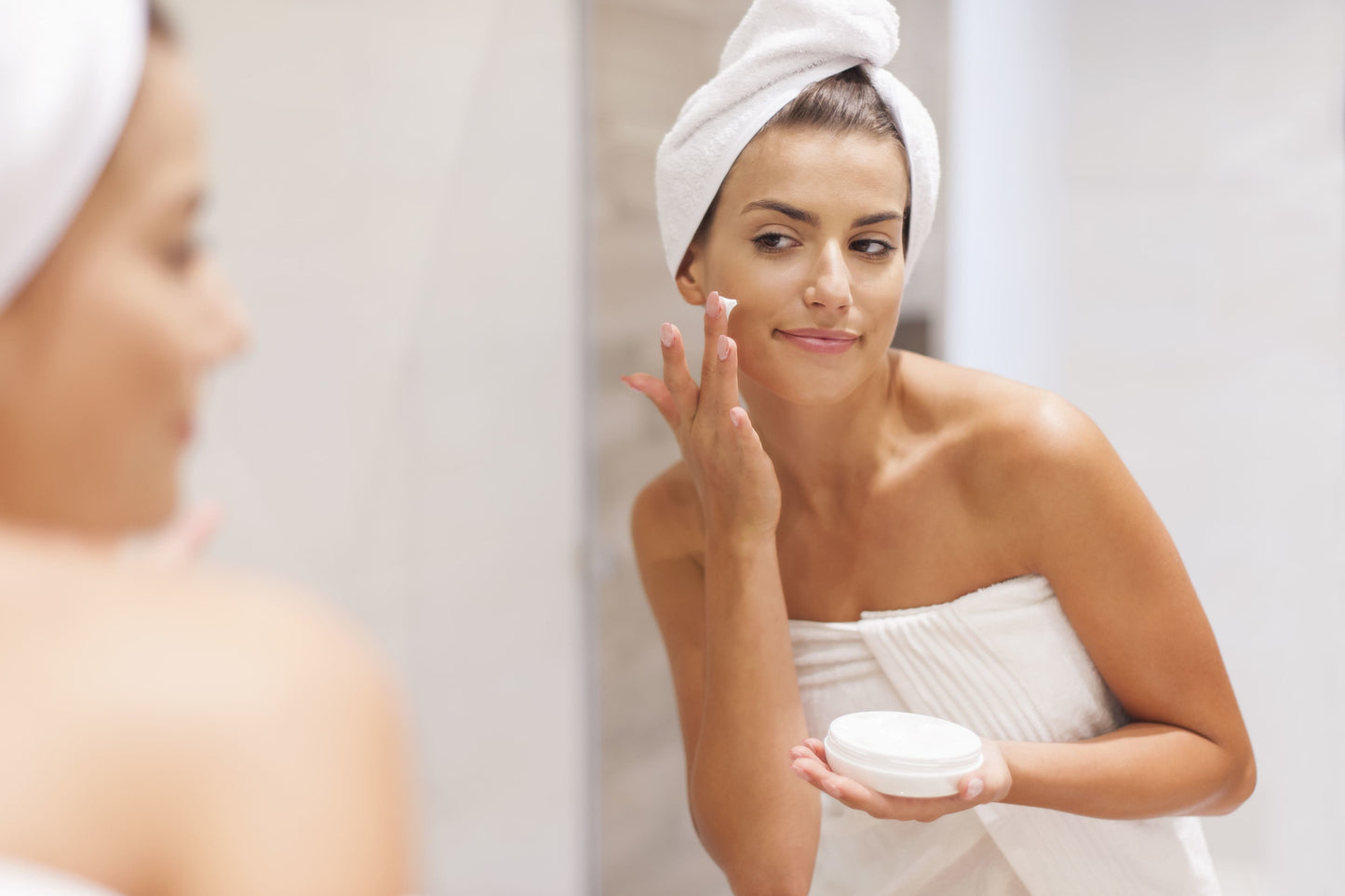
Comments
Muchas gracias. ?Como puedo iniciar sesion?